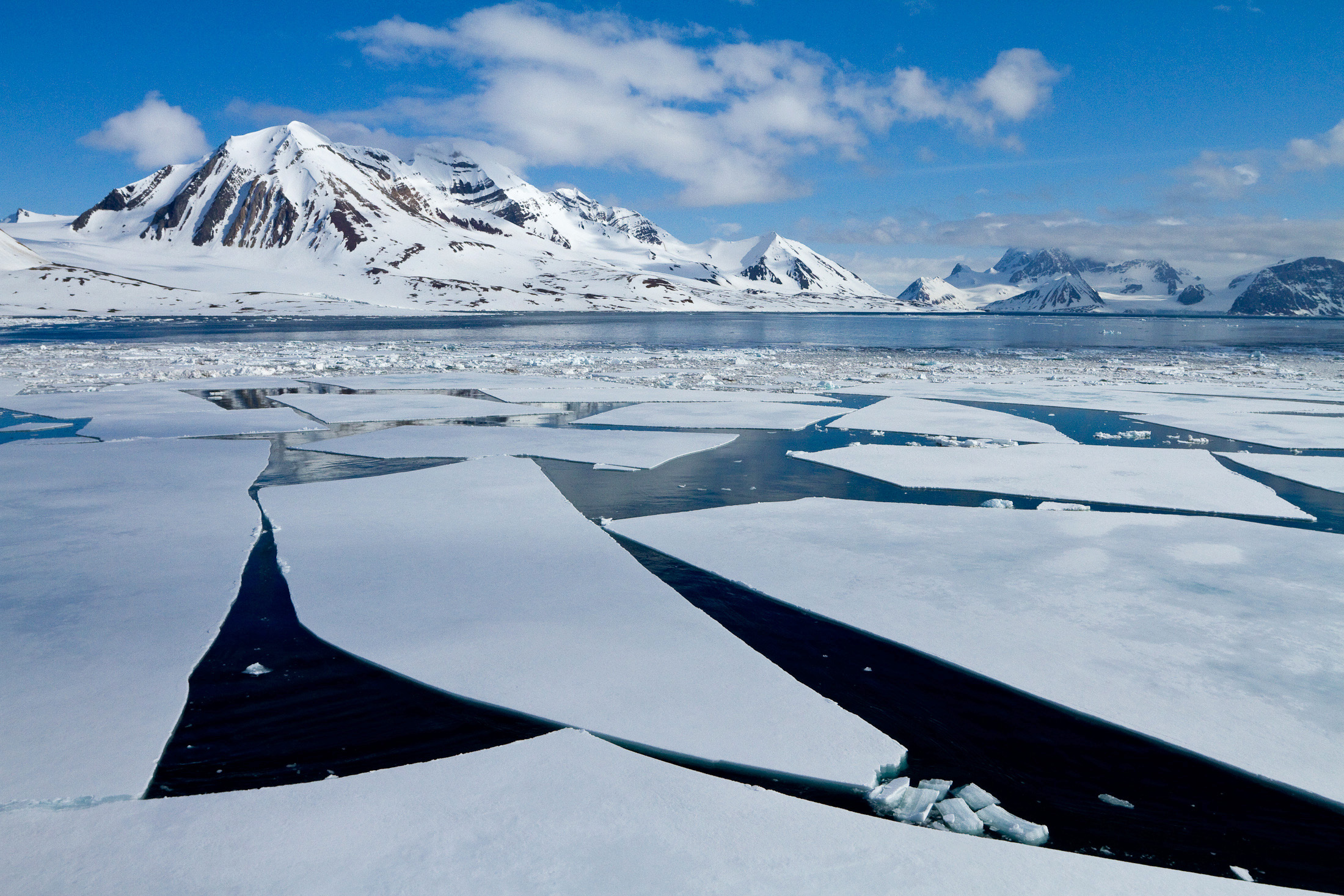
6000-year-old past revealed as Norway’s glaciers are melting
The mountains surrounding the country of Norway were once used as a pathway to travel for many foragers and hunters about 6000 years ago. Many of these travelers used to leave behind artifacts acquired from their exploration at various places in the mountains. With nature acting as it should, these artifacts got covered in glaciers with time. However, recently these glaciers have been surprising researchers by revealing the artifacts as they are melting away.
For years the ice had kept these artifacts intact in the mountains surrounding Norway but the melting ice has started degrading the centuries-old artifacts. The glaciers are melting away due to the harsh effects of greenhouse gases or the broad term for this effect is global warming due to human-based activities. In order to save and acquire some of these artifacts, a team of international researchers has come together from Cambridge Oslo, Trondheim, Oxford, Oppland County Council and the University of Bergen. This team has been working since the year 2006 to retrieve artifacts from the mountains to save them in proper conditions to avoid degradation.
The melting of these glaciers is occurring around the Oppland County at the Oppland and Jotunheimen mountain ranges. A long-lasting exploration of this area has landed the researchers with artifacts that are more than 2000 in number. Out of all these artifacts, some have been thought to exist from a date more than 6000 years old. The findings of this analysis were published in a journal named Royal Society Open Source which contains more than a decade of survey being done upon the glaciers.
The researchers worked between the years 2006 to 2015 to gather these artifacts from these glaciers. Finding artifacts that are constructed of materials such as animal hides, textiles, or even wood is a rare discovery as these organic materials decay over time. Ice is the only thing that shielded the artifacts from harmful microorganisms for over 6000 years. This directly states that along with other potential threats being held by global warming, the destruction of fragile artifacts is also one among them.
During the search, the team came across numerous artifacts that contained clothes from the Iron Age or Bronze Age. Among others, there were some parts of skis and sleds that dated back to the eighth century. The researchers also found broken bows, horse skulls, walking sticks that were inscribed and arrow shafts from the eleventh century. The researchers used the process of carbon dating to determine the date of some of these artifacts that ranged between 700 to 900 CE.
The researchers determined that there was an increase in people hunting around the mountain areas when it was extremely cold to make up for lack of absence of food during crop failure.


